Supritam Bhattacharjee
Segregation Network for Multi-Class Novelty Detection
May 11, 2019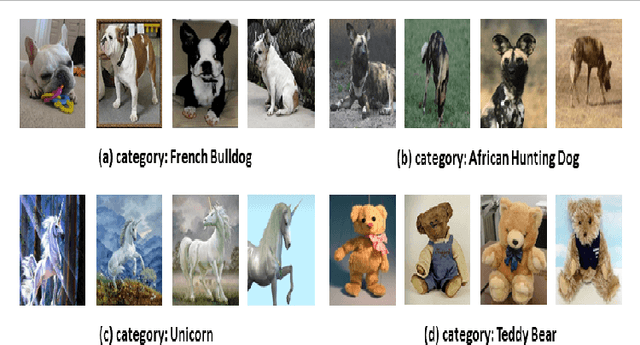
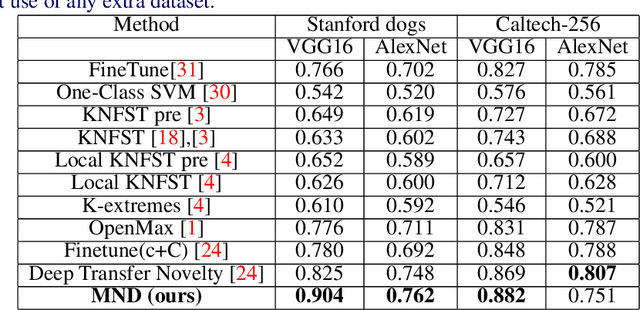
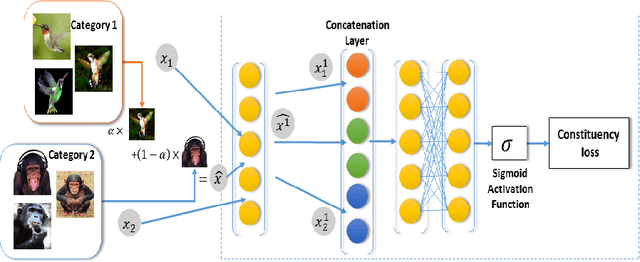

Abstract:The problem of multiple class novelty detection is gaining increasing importance due to the large availability of multimedia data and the increasing requirement of the classification models to work in an open set scenario. To this end, novelty detection tries to answer this important question: given a test example should we even try to classify it? In this work, we design a novel deep learning framework, termed Segregation Network, which is trained using the mixup technique. We construct interpolated points using convex combinations of pairs of training data and use our novel loss function for prediction of its constituent classes. During testing, for each input query, mixed samples with the known class prototypes are generated and passed through the proposed network. The output of the network reveals the constituent classes which can be used to determine whether the incoming data is from the known class set or not. Our algorithm is trained using just the data from the known classes and does not require any auxiliary dataset or attributes. Extensive evaluation on two benchmark datasets namely Caltech-256 and Stanford Dogs and comparison with the state-of-the-art justifies the effectiveness of the proposed framework.
Clustering with Missing Features: A Penalized Dissimilarity Measure based approach
Jul 07, 2018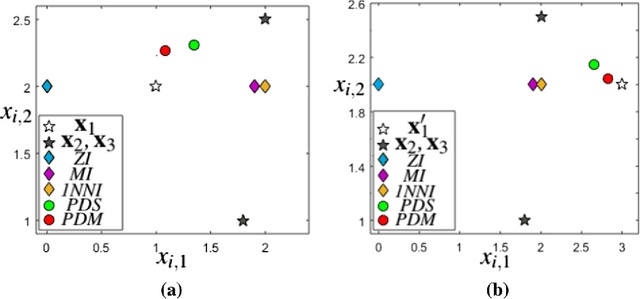
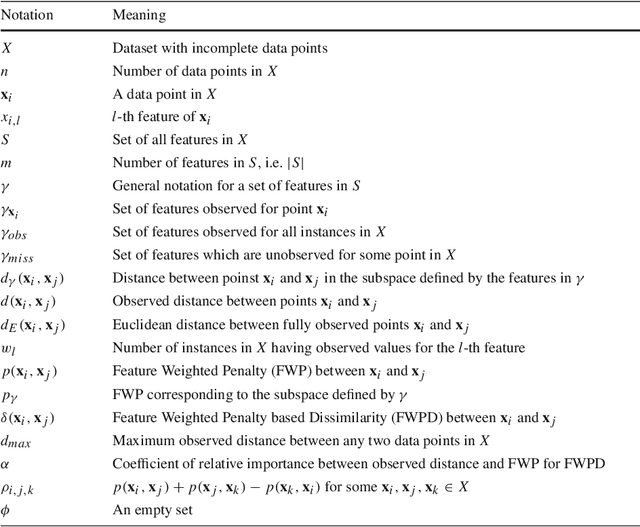
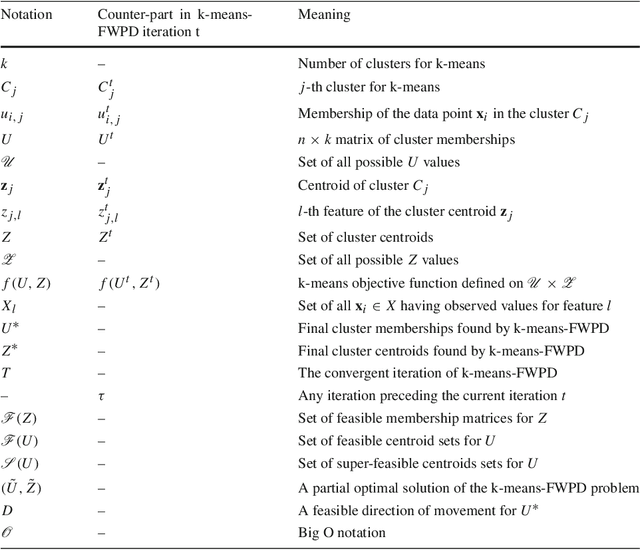
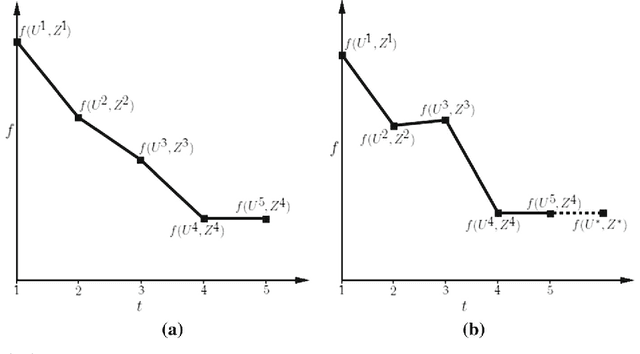
Abstract:Many real-world clustering problems are plagued by incomplete data characterized by missing or absent features for some or all of the data instances. Traditional clustering methods cannot be directly applied to such data without preprocessing by imputation or marginalization techniques. In this article, we overcome this drawback by utilizing a penalized dissimilarity measure which we refer to as the Feature Weighted Penalty based Dissimilarity (FWPD). Using the FWPD measure, we modify the traditional k-means clustering algorithm and the standard hierarchical agglomerative clustering algorithms so as to make them directly applicable to datasets with missing features. We present time complexity analyses for these new techniques and also undertake a detailed theoretical analysis showing that the new FWPD based k-means algorithm converges to a local optimum within a finite number of iterations. We also present a detailed method for simulating random as well as feature dependent missingness. We report extensive experiments on various benchmark datasets for different types of missingness showing that the proposed clustering techniques have generally better results compared to some of the most well-known imputation methods which are commonly used to handle such incomplete data. We append a possible extension of the proposed dissimilarity measure to the case of absent features (where the unobserved features are known to be undefined).
 Add to Chrome
Add to Chrome Add to Firefox
Add to Firefox Add to Edge
Add to Edge